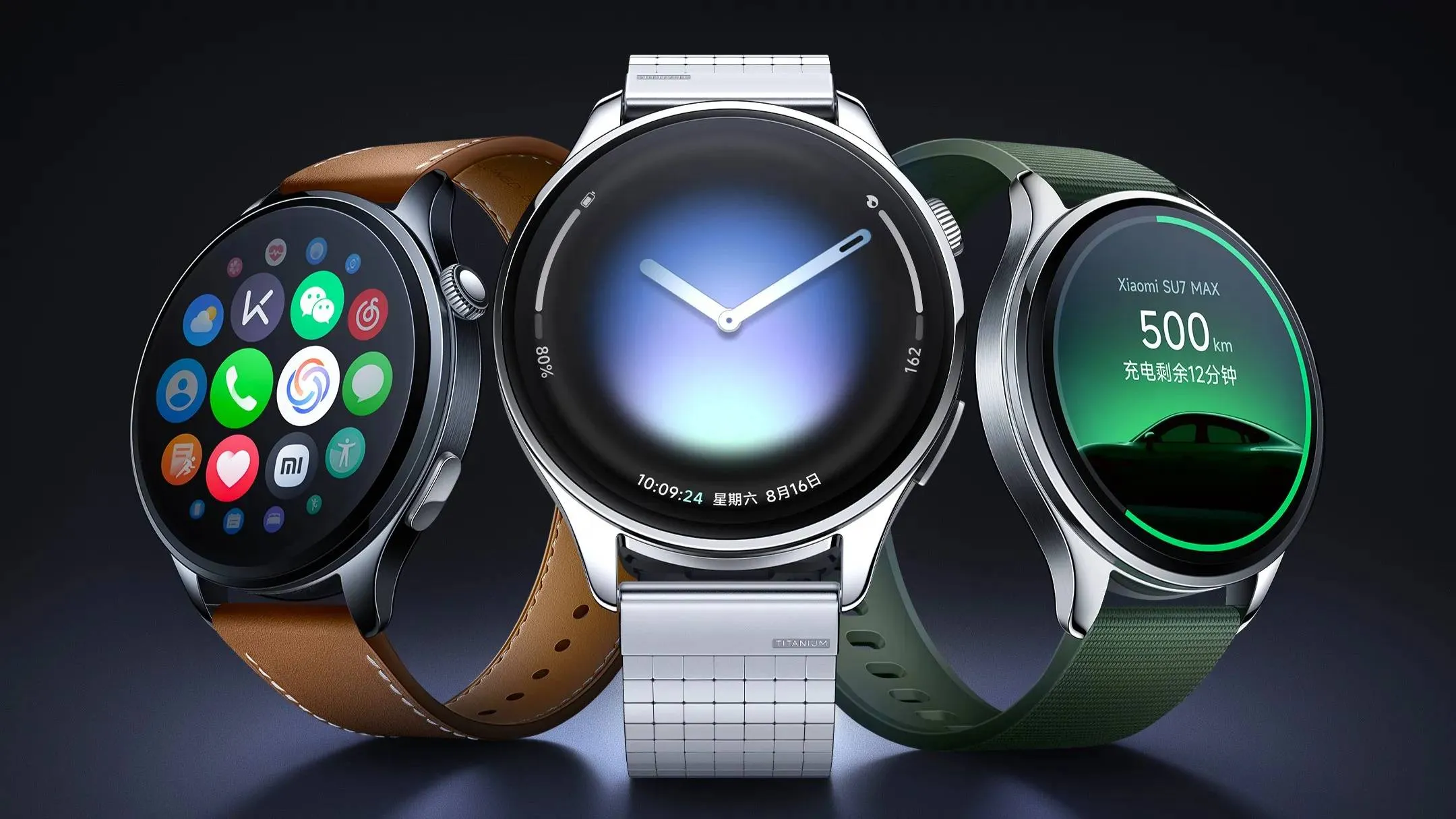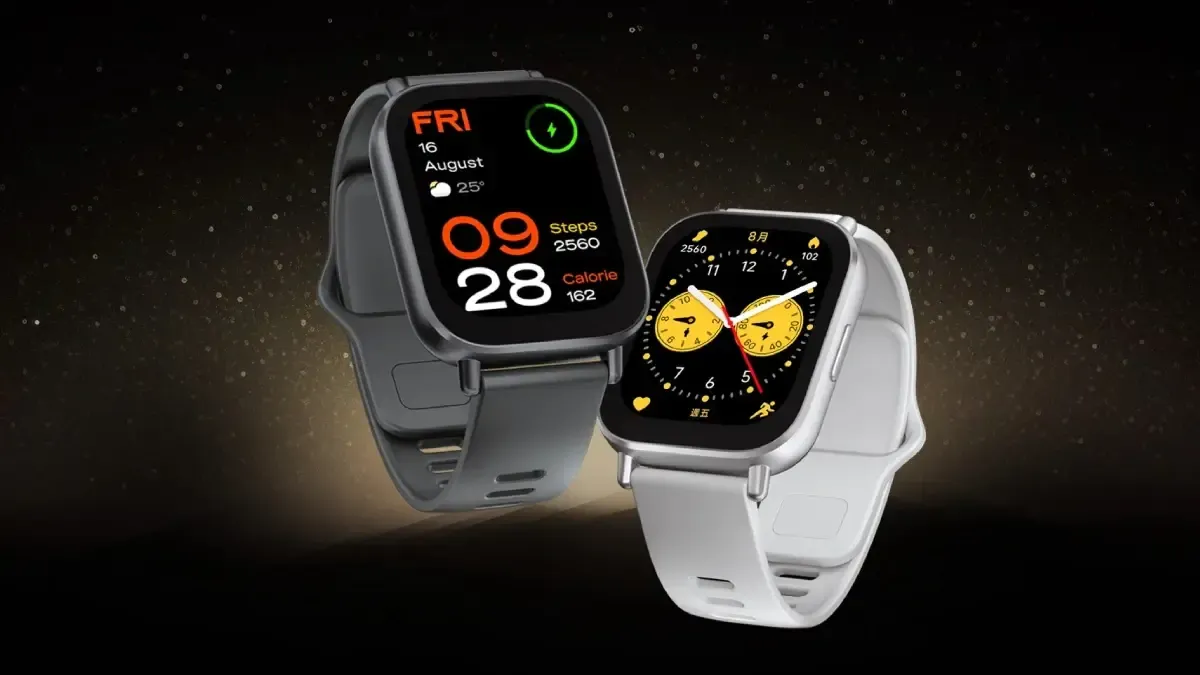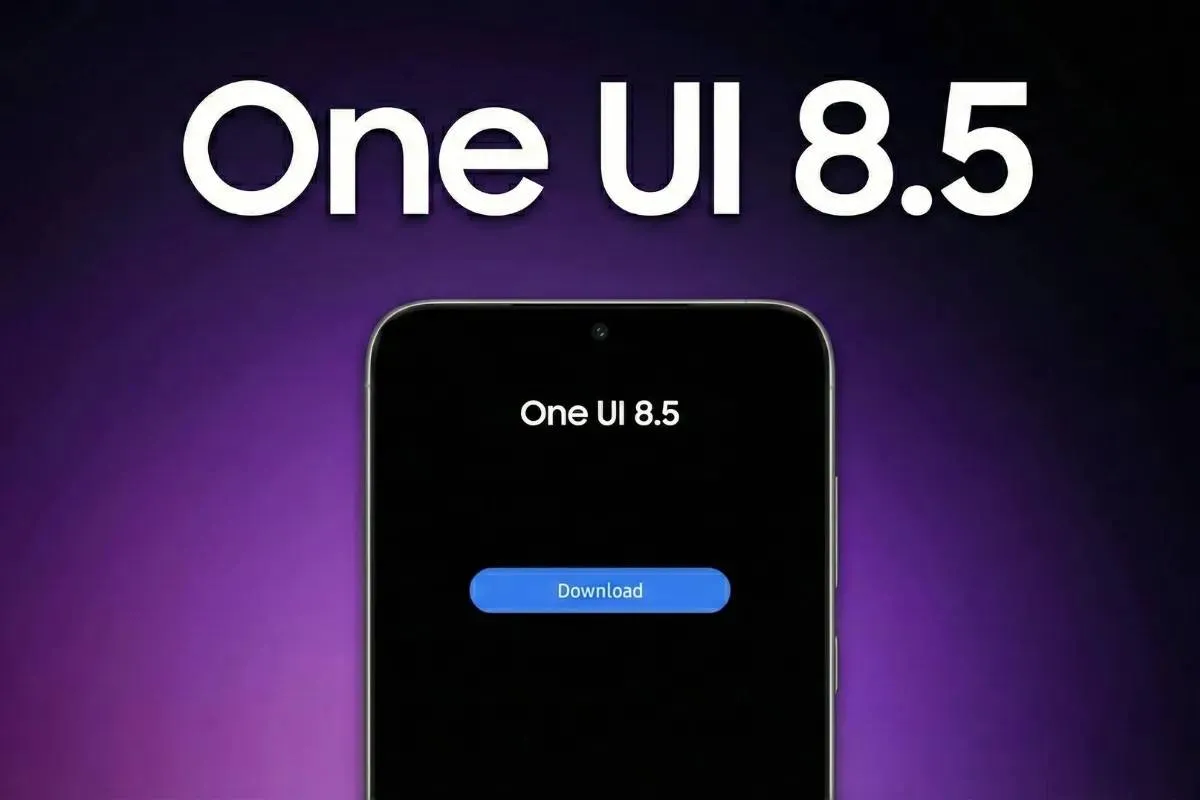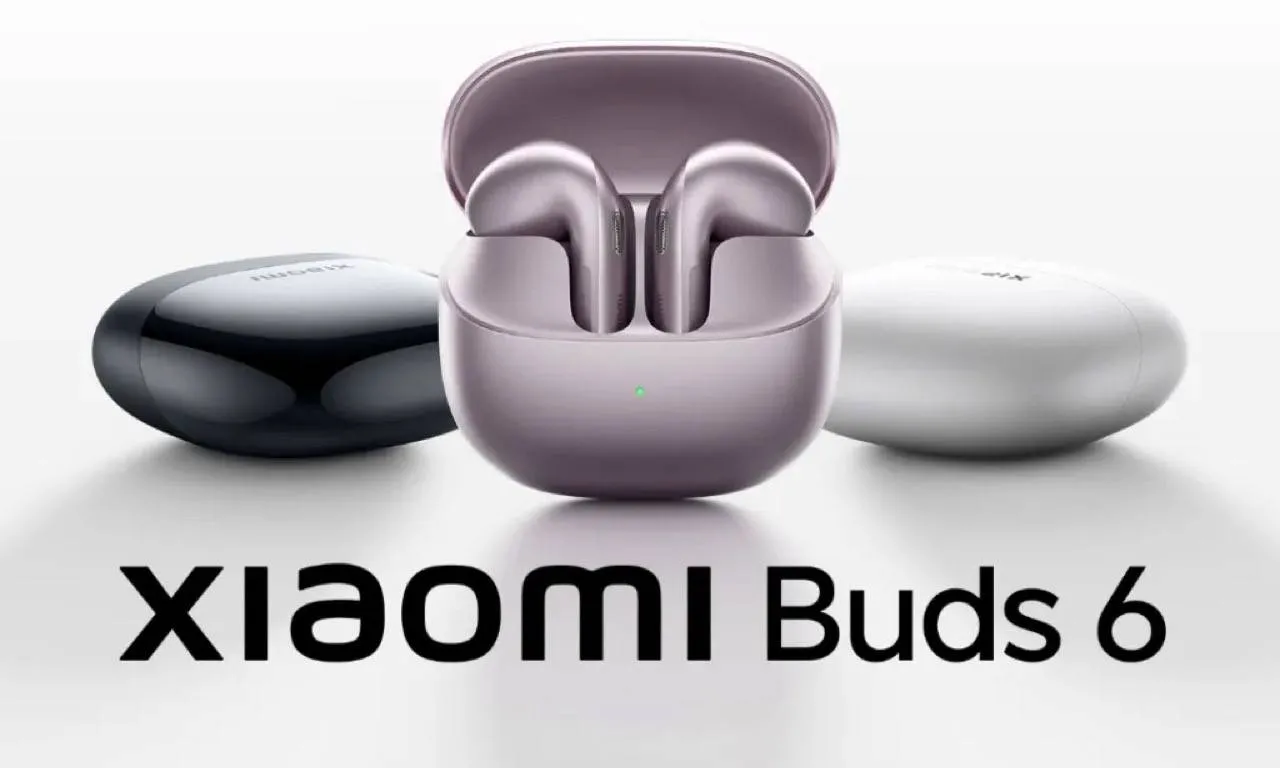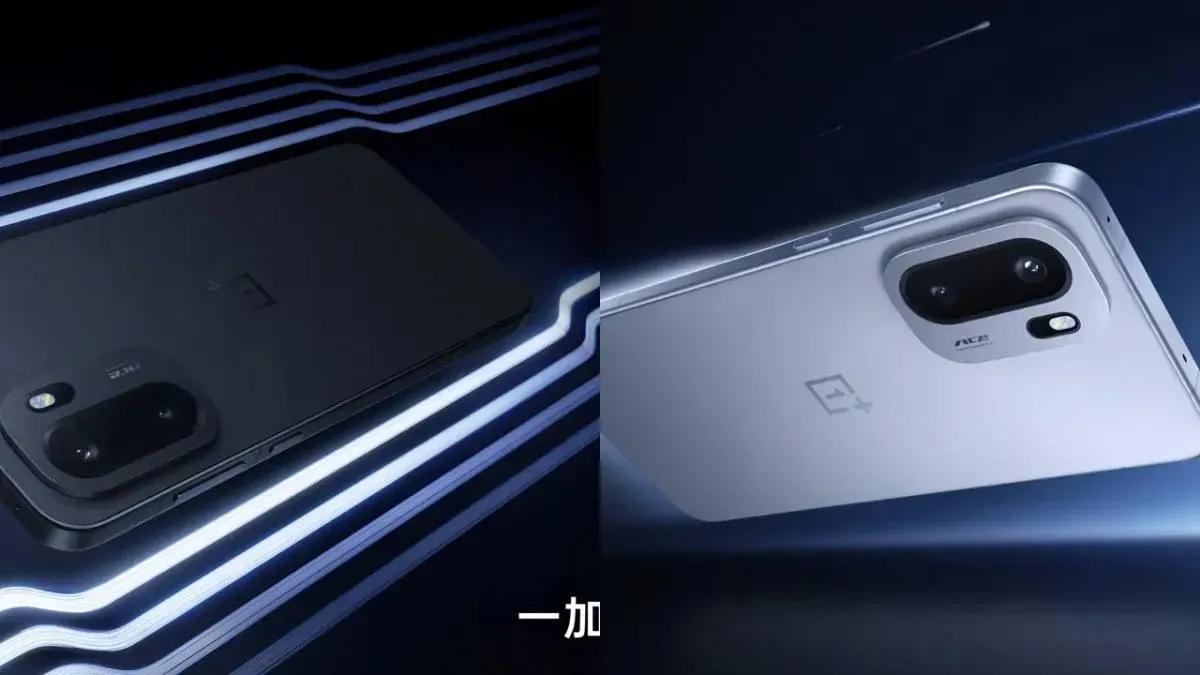MSI unveils a laptop that supports Samsung 48 - 240Hz "OLED Sync"
SamsungWednesday, 29 June 2022 at 10:23
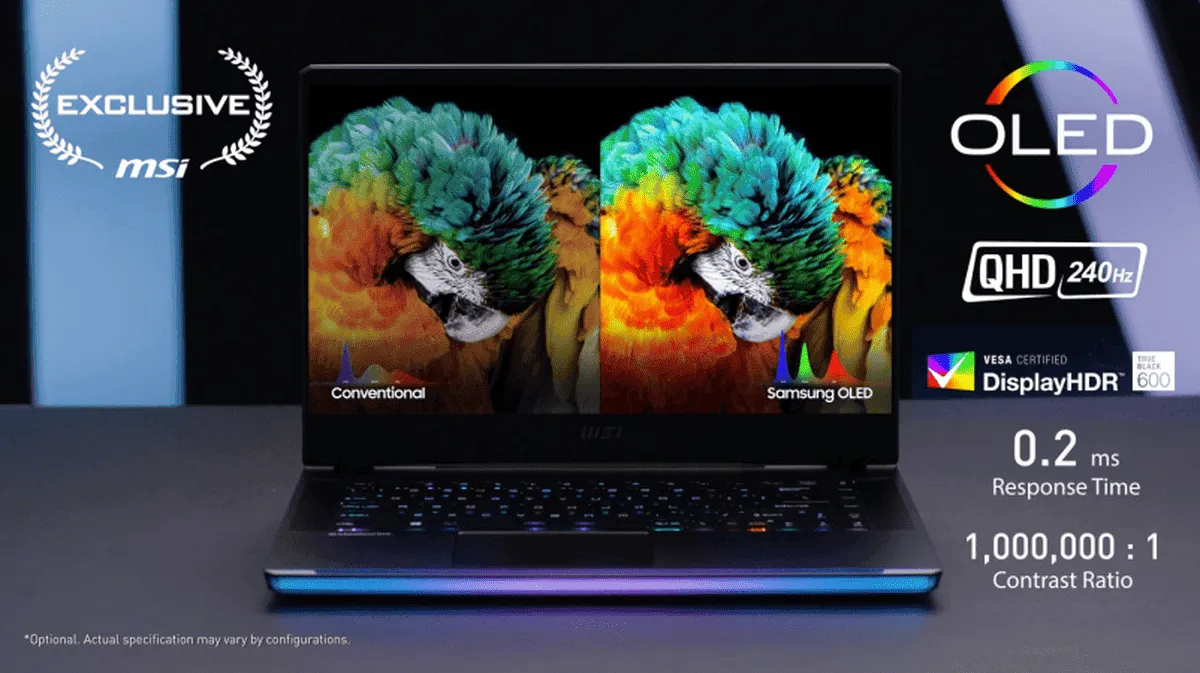
Recently, the MSI Raider GE67 HX gaming notebook debuted Samsung 2K 240Hz OLED screen. This device starts at 18,999 yuan ($2,836). Today, Samsung introduced some of the technology for this display. Samsung said that Samsung Display has developed a 240HZ OLED with a greatly improved refresh rate, and has also developed VRR (Variable Refresh Rate) technology. MSI's laptop "Raider GE67 HX" is equipped with a 15.6-inch laptop-specific OLED that supports a 240Hz refresh rate. In the gaming laptop market, it is the first model in the world to use high-brush VRR OLED.
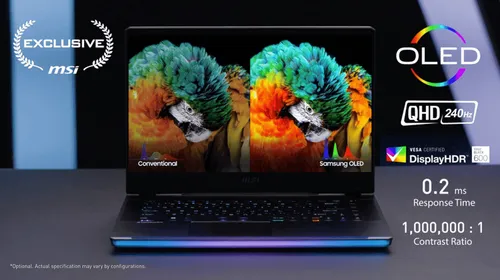
VRR is a variable refresh rate technology that changes the refresh rate of the display screen according to the picture output of the graphics card (GPU). If the graphics card is displaying 60 or 240 images per second during gameplay, the display will also adjust the refresh rate to 60Hz or 240Hz. Samsung VRR technology "OLED Sync" can effectively prevent screen tearing and motion blur (motion blur), and support 48 to 240Hz refresh rate.
Samsung's first 240Hz OLED panel for laptops is 15.6 inches in size. It also has QHD resolution, offers a 1,000,000: 1 contrast ratio, 0.2ms response time, and VESA DisplayHDR 600 certification.
Samsung Display Vs LG - Samsung wins
Samsung display is one of the company's most successful businesses. However, it faces a lot of local and international court cases. In the technology industry, this is very common. The more successful a company is, the more likely it is to face several court cases. Recently, the company won a legal battle in South Korea. One of its major rivals LG Display has been accusing the company of stealing its OLED technologies. According to South Korea’s Supreme Court, there is no significant evidence that Samsung steals technologies. The legal tussle between these two technological giants has been ongoing for seven years. LG Display has often maintained that its compatriot uses its technologies in its displays.
Popular News
Latest News
Loading
